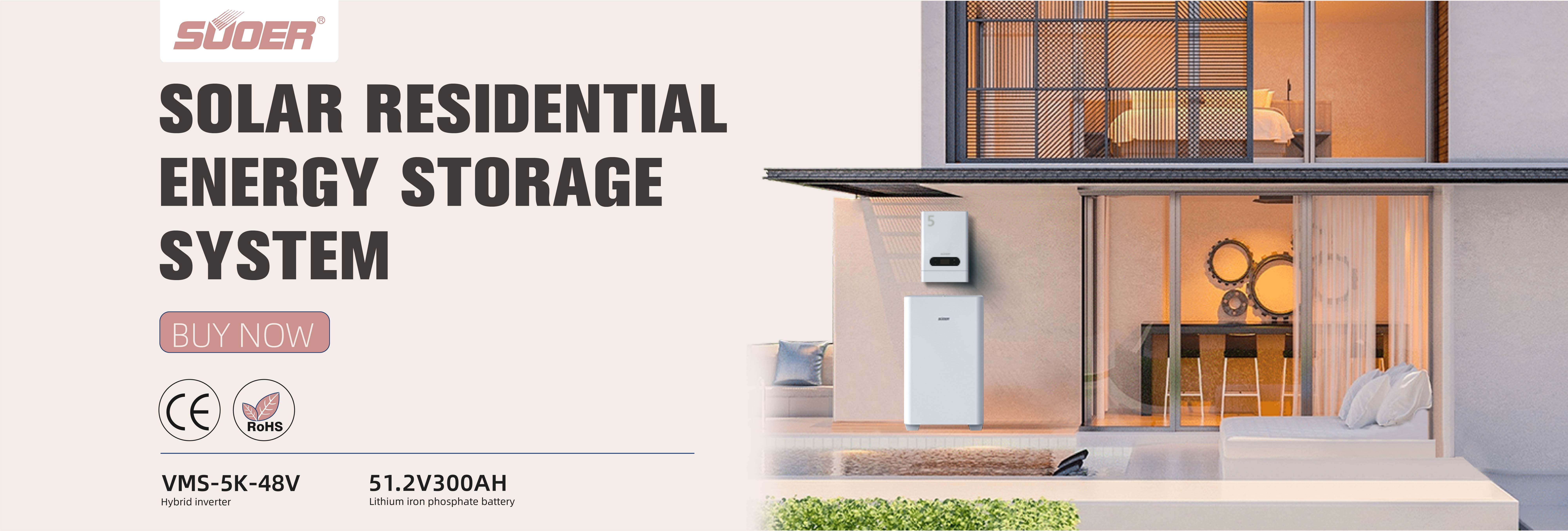2022 European Energy Storage system for homeuse
Date:2022/9/23 |Author:Max lu|Vistors:13584
 According to a research report recently released by the European Energy Storage Association (EASE), Europe will need to deploy total installed capacity by 2030
According to a research report recently released by the European Energy Storage Association (EASE), Europe will need to deploy total installed capacity by 2030
With a capacity of 187GW energy storage system, 600GW energy storage system needs to be deployed by 2050 to achieve its renewable energy generation goals
mark.
The European Union set a target last month to use 45 percent of its electricity from renewable sources by 2030. The 2050 target is a
In a new forecast, the share of electricity generated by renewables in Europe is expected to reach 85%. And 600GW is the EU's
Part of the required 811GW of flexibility capacity, with the remainder coming from natural gas generation facilities.
Of the 187GW of energy storage systems planned to be deployed, 65GW will come from pumped hydro power generation facilities and 67GW will come from battery storage systems.
system and other short-term energy storage system solutions, 55GW comes from long-term battery energy storage systems and other energy storage solutions.
The European Energy Storage Association (EASE) said that European energy storage deployment is lagging behind the deployment of renewable energy and is currently facing inability to
Integrate new renewable energy risks. As the European energy research institute Delta-EE and the European Energy Storage Association (EASE)
As discussed in a previously co-hosted webinar, from now on, Europe will need to deploy more
Only 14GW of energy storage system can achieve the energy storage deployment target in 2030.
The European Energy Storage Association (EASE) added that so far, many studies on the subject have given lower
target, undervalues "energy transfer resources" and overestimates GHG emissions from baseload power generation facilities
. It also said that system modeling needs to consider the deployment of long-duration energy storage systems and reduce costs in the future, if this cannot be done
Up to this point, it usually means that these energy storage technologies are excluded from the long-term forecast.
In its report, the association divided the 2050 600GW energy storage system deployment target into two parts. 435GW energy storage system needs
to come from a "Power-to-X-to-Power" solution, while the remaining 165GW can be
Active "power-to-X" technology provides.
"Power-to-X-to-Power" includes a variety of energy storage technologies, which means that electricity can be charged and dispatched
force. "Power-to-X" means that electricity is not returned to the power system and covers technologies such as electrolyzers, which electrolyze
The green hydrogen produced by the tank is no longer converted into electricity, but electricity is converted into heat for industrial use, and electric
Car charging.
Interestingly, the report also gives an idea of the renewable energy mix that needs to deploy long-duration energy storage technologies. European energy storage
The Association (EASE) says that up to 60% of the renewable energy mix can be supplied by long-duration energy storage systems, which
The duration of the energy storage system is less than 10 hours. In addition to this, the demand for daily and weekly energy storage in Europe is sharp
increase, while more than 80% of seasonal energy storage demand becomes critical.
According to the recently released REPowerEU strategy, the EU has set a target of 45% renewable electricity by 2030,
Although the European Energy Storage Association (EASE) said this could easily be achieved in many EU member states, such as Spain to
Targets to deploy 20GW of energy storage systems by 2030 and 30GW by 2050.
The report by the European Energy Storage Association (EASE) also provides the following infographic on which different energy storage technologies are suitable for
Which energy systems serve, the report highlights the huge demand for thermal energy storage.
